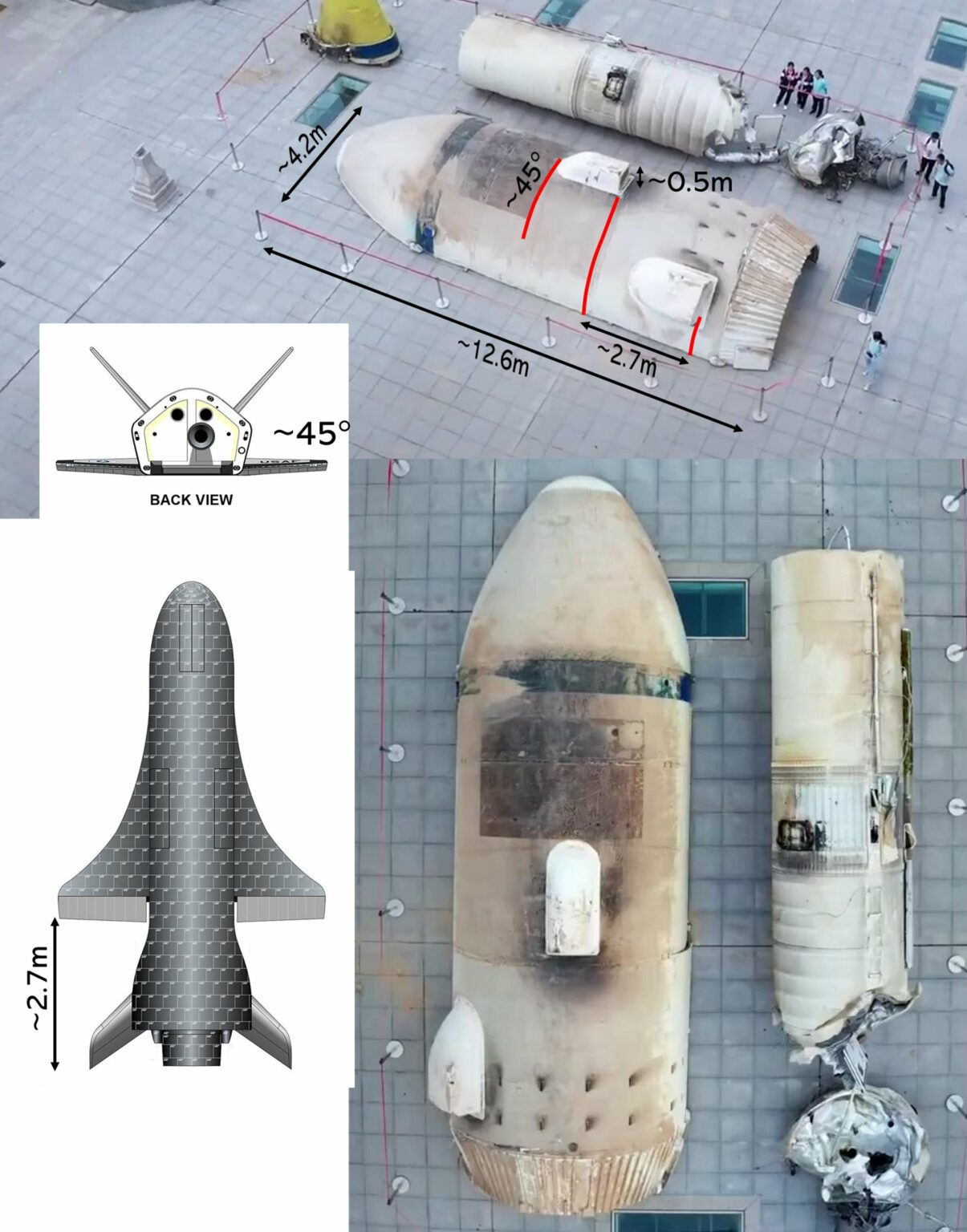China has launched a reusable spacecraft for the third time. Its technical structure and tasks are kept secret.

The launch took place on December 14th. The Chinese spaceplane was launched from the Jiuquan Launch Center using the Long March 2F rocket. In a brief official statement, the Chinese authorities said that the spacecraft would “work in orbit for a certain period of time” and conduct tests of reusable technologies and scientific experiments necessary for peaceful space exploration.
The technical design of the Chinese spaceplane is kept secret, so experts can rely only on indirect data. Thus, Long March 2F can launch up to 8 tons of cargo into low Earth orbit. This suggests that the Chinese spacecraft is comparable in weight to the American X-37B spaceplane.
This similarity is also indicated by the published images of the head fairing of the rocket used for the previous launch of the Chinese spaceplane. Its size and the nature of the projections for the wings allowed us to conclude that the two spacecraft are similar.

The current mission was the third for the Chinese spaceplane. It flew into space for the first time in September 2020, and its mission lasted two days. The second launch took place in August 2022. This time, the mission of the Chinese spacecraft lasted 276 days. During this time, it put a satellite and also carried out a number of maneuvers to change its orbit. Reducing the interval between launches may indicate that China has achieved success in aspects related to the reuse of the spacecraft, or that it has several spaceplanes at its disposal.
As for the American X-37B, it flew into space six times. The seventh mission was supposed to start a few days ago, but its launch has already been disrupted several times: first due to problems with the Falcon Heavy rocket and then due to bad weather.
According to https://spacenews.com
Follow us on Twitter to get the most interesting space news in time
https://twitter.com/ust_magazine


